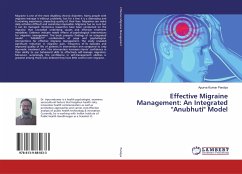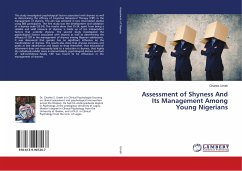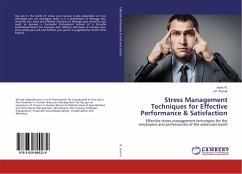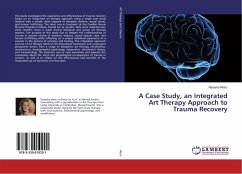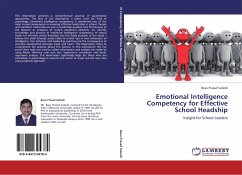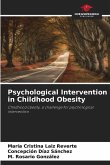Migraine is one of the most disabling chronic disorders. Many people with migraine manage it without problems, but for a few it is a distressing and frustrating experience, impacting quality of their lives. Migraines can make daily activities difficult and sometimes impossible. Migraine has no cure but it can be managed. Numerous researches have been conducted on the migraine that unraveled underlying causes and effective treatment modalities. Evidence indicate mixed effects of psychological interventions for migraine management. This book presents findings of an integrated model - "ANUBHUTI" -combination of yoga and psychological interventions for effective migraine management. The study revealed significant reduction in migraine pain, frequency of its episodes and improved quality of life of patients in intervention arm compared to only Ayurvedic treatment arm. This intervention increases clients' confidence in their ability to use behavioral skills to effectively self-manage migraines. Moreover, surprisingly, the confidence in self-management abilities is greatest among those who believed they have little control over migraine.

